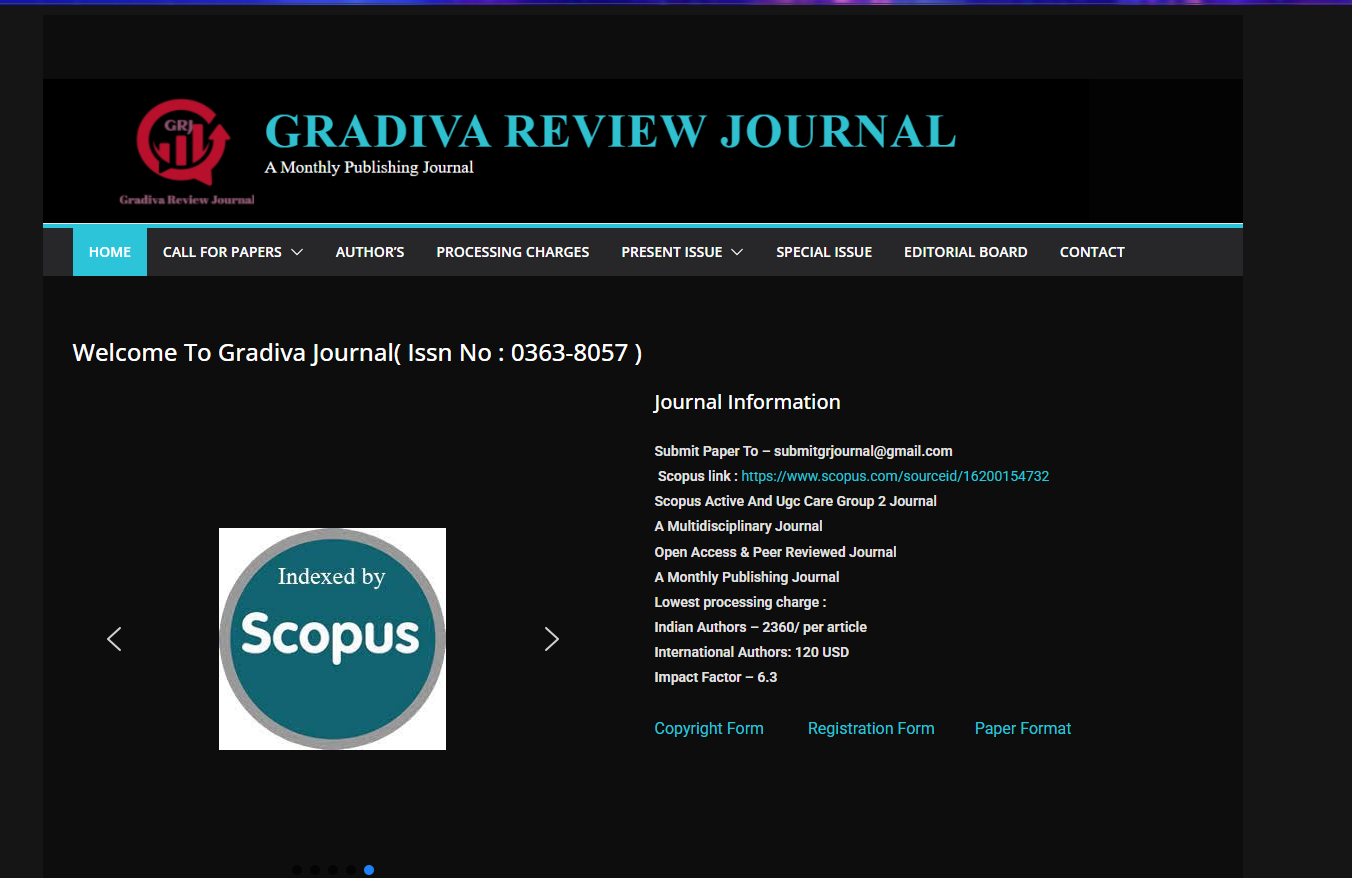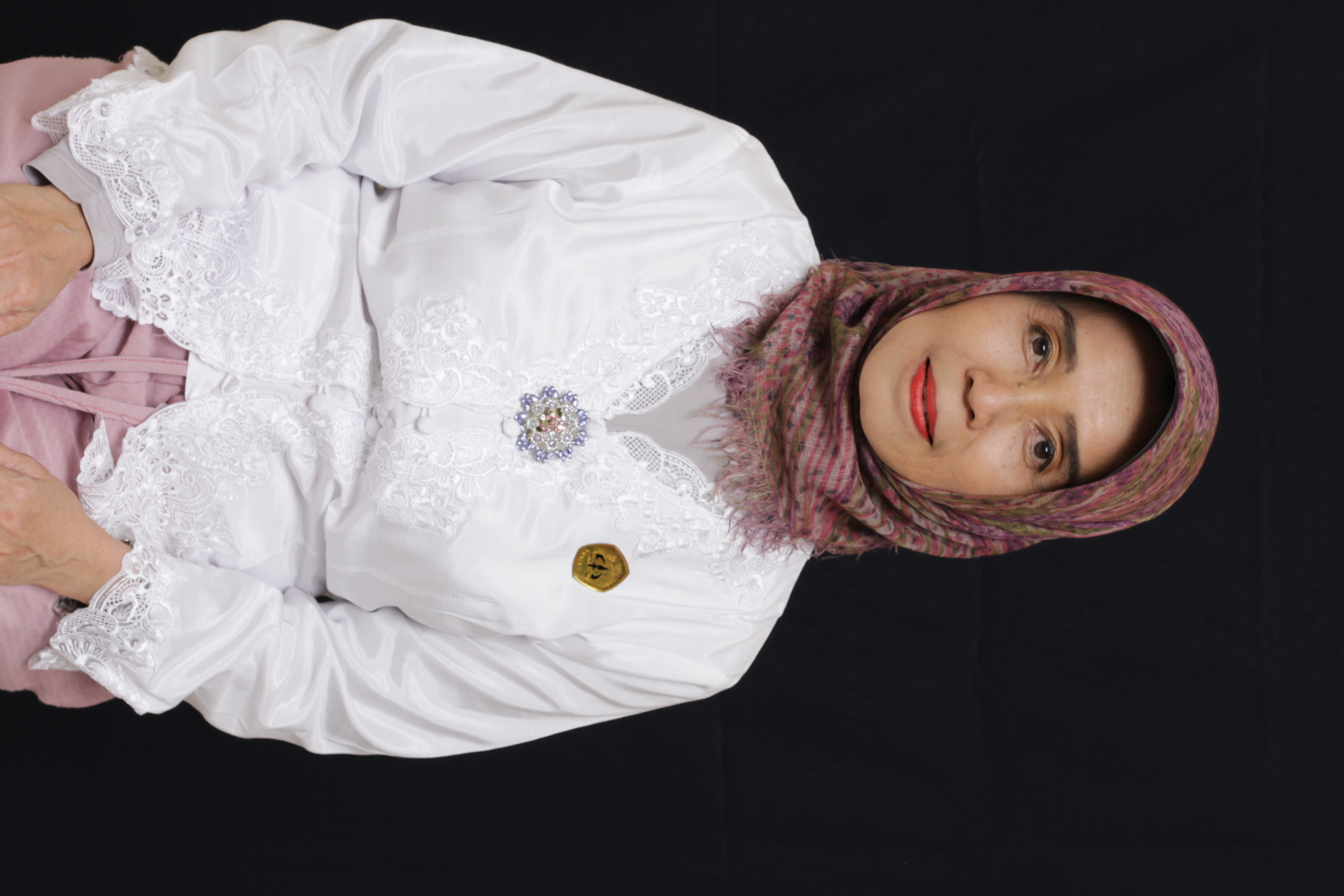
One of the actions in the program is the National Programs for Age-Friendly Cities and Communities (AFCC) is to support all elderly people enjoying independence and good health. To enhance independence, an elderly-friendly environment needs to pay attention to the elderly-friendly wayfinding aspect to help the process of achieving and moving activities independently. However, elderly wayfinding have not been studied in a lot. The wayfinding process is influenced by the individual's sensory abilities and the condition of the physical setting (environment). The physical condition of the elderly continues to decline with increasing age. The research question from the problem above is what is the role of physical settings on sensory in elderly wayfinding. The purpose of this study is to obtain a picture of the influence of physical settings on the sensory abilities of the elderly in wayfinding patterns particularly responded by kinesthesia and haptic sensory. The method in this study aims to obtain a picture of the physical environment responded by kinesthesia and haptic sensory that is friendly to the elderly in supporting independence. The research method used in this study is a quantitative method. This method uses a study approach to the Jakarta History Museum and Fatahillah Park Kota Tua in the old city area of Jakarta. The research method is carried out by observing the relationship between sensory abilities in a particular setting in the wayfinding process. The quality of the path texture influences the wayfinding considerations, which are responded to by the haptic sense. Age friendly physical setting character responded to by haptic sensors need to be a flat counter path, pavement surface and a comfortable texture size (not slippery). Responded to by kinesthesia sensors, needs to install adequate railing, when needed for safety, it is important to consider the availability of transit stops for short breaks during their mobility in walkability distance <400m. Male and female have no significant differ in their path choices, particularly in their responses to haptic and kinesthesia sensors

Oleh :
M. Dedes Nur Gandarum W.